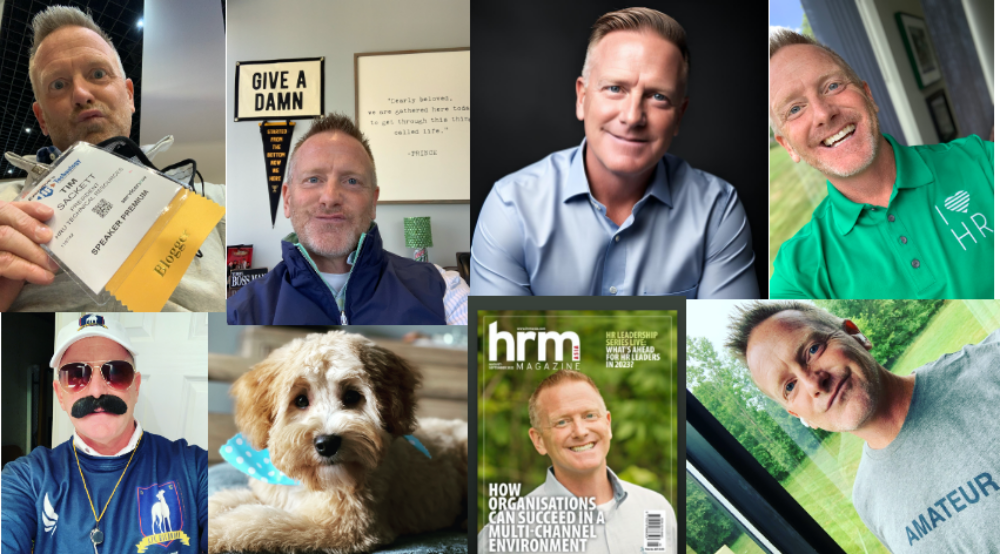I’m a big fan of 2nd chance candidates. Candidates who were fired, terminated, let go, etc. for many various reasons, most of which come down to wrong job fit, the wrong personality fit with their boss, wrong skill fit, etc.
I don’t have actual numbers, and I wouldn’t believe any study who told me a number because here’s what really happens. An employee gets fired for ‘performance’ because the manager thought the person could do the job, even though the person had never done the job, and both continued to get frustrated. HR puts that down as termination for performance, not poor job fit, or lack of skills, or something else.
Is this person a bad employee? No. Did this person not try hard? No. Did the organization look to move this person into a role they were better suited for? No. It’s just easier to cut bait and move on to another hiring mistake.
The problem most employers are facing right now is at 4.1% national unemployment, almost any candidate that you find out of work is going to have a ‘hickey’. Maybe they require too much money, maybe they don’t have the education you require, maybe they won’t move, etc., etc., etc. We all know the deal. It’s tough sledding finding talent right now, it’s even tougher if you’re looking for someone out of work to fill your job!
That’s why 2nd Chance Candidates can be some of the best hires you’ll ever make, but you need to pick the right ones. Here’s what I look for in 2nd Chance Candidates:
1. A chip on their shoulder. I don’t want them to talk bad about their last employer, but I want to know they feel like they were unfairly evaluated and have something to prove!
2. Job history before the last job. Say what you want, but when taking a flyer on a 2nd chance candidate I find those will more solid work history tend to be the right ones to pick.
3. Willingness to do anything. When you get fired some weird shit happens to you. You get angry. You get sad. You get frustrated. Eventually, you get to a point where you go “I don’t care what it takes, I’m getting back into the game!” Those are my 2nd chancers.
4. The story seems to make sense. I don’t hire a 2nd chancer where the story doesn’t add up. So, you were the employee of the year, last year, then out of nowhere, with no reason, you got fired? Yeah, no thanks.
5. They want to work. You’ve been out of a job for 7 months, and I offer you a job, I only want to hear one thing. “I can start tomorrow!” If you tell me I can start in two weeks, or next Friday, or anything besides “I’ll start working right now if you let me” I’ve got a concern!
People get fired for awful things, but they also get fired over petty things. Being in HR, I’ve been apart of both kinds of firing, and I’m not proud of that fact. It’s super hard to support a hiring manager who wants to fire an employee because basically, the employee cares more than the hiring manager about the work, but I’ve seen it happen!
It’s our job in TA and HR to find out if we’re going to give someone a second chance. It’s not an easy decision. It seems like there’s always a red flag, and it seems that way because there is! The person was let go! It’s now our job to determine was that person being let go going to be a positive for our company, or a negative. I like to think, many of second chancers can be a positive!
But, don’t get me started on 3rd and 4th chancers!
